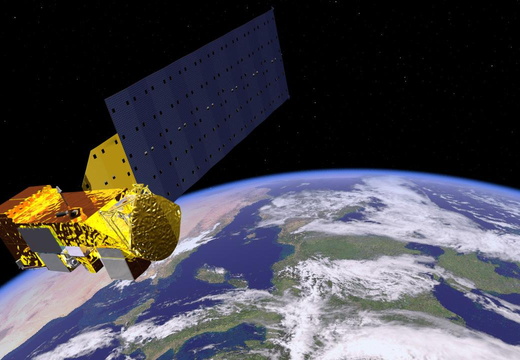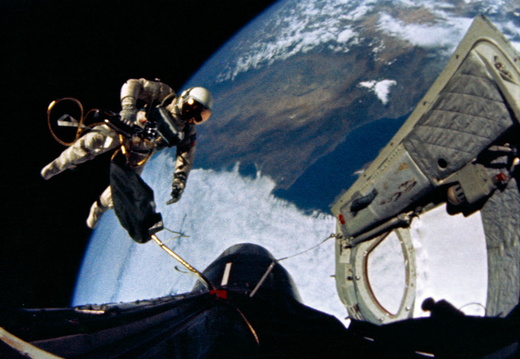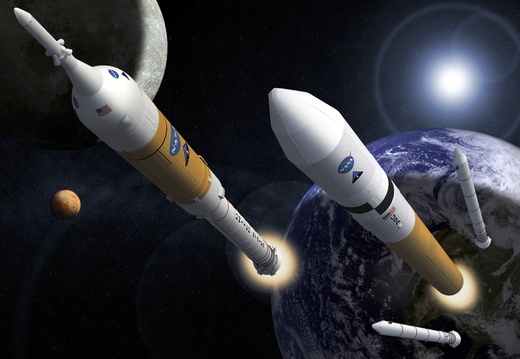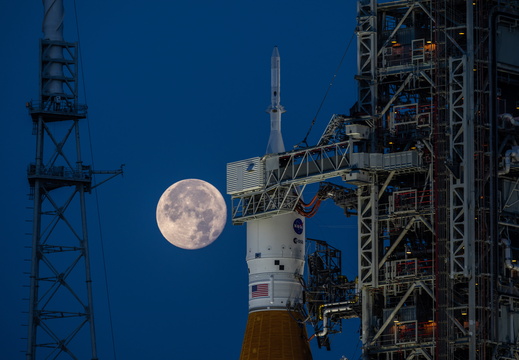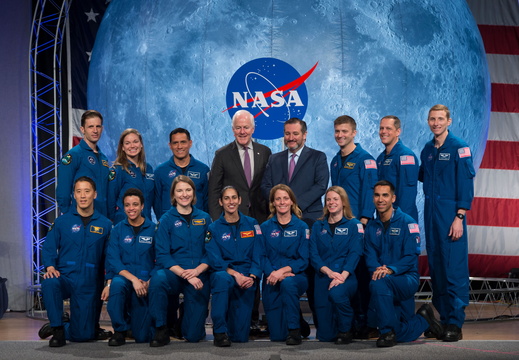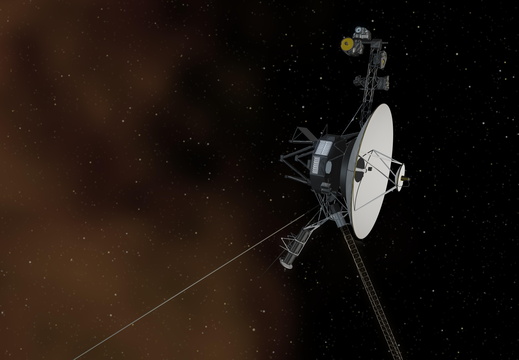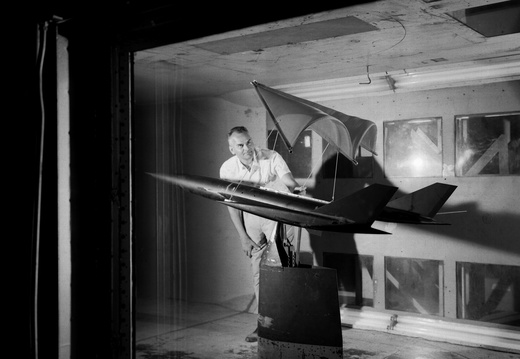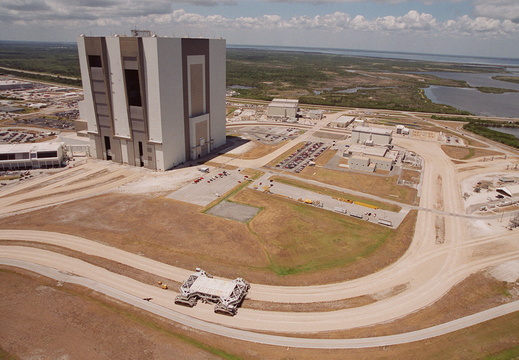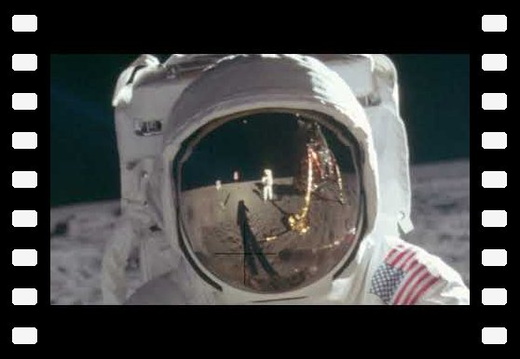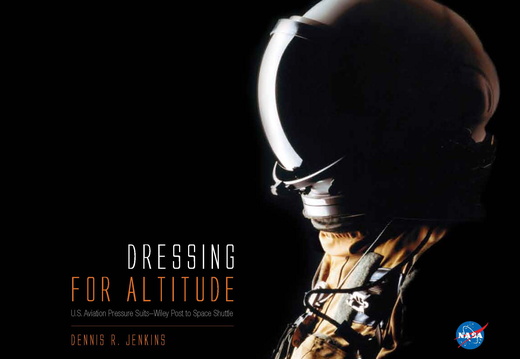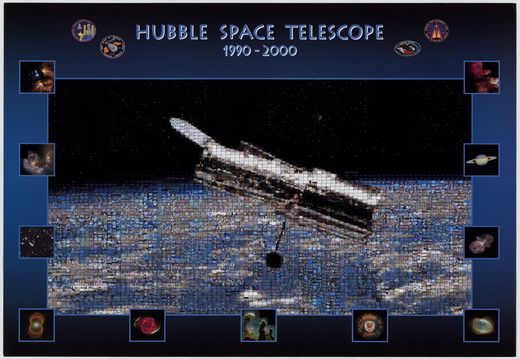
MERCURY
Initiated in 1958, completed in 1963, Project Mercury was the United States' first man-in-space program. The objectives of the program, which made six manned flights from 1961 to 1963, were specific:
- To orbit a manned spacecraft around Earth
- To investigate man's ability to function in space
- To recover both man and spacecraft safely
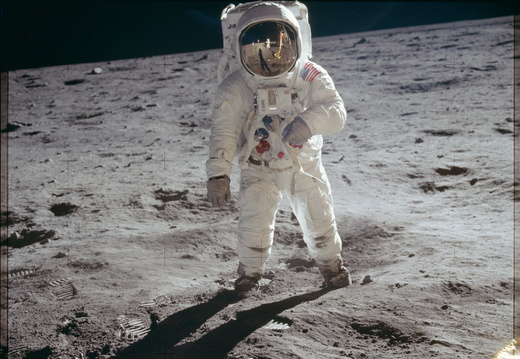
APOLLO
- Neil Armstrong
Apollo's Goals
The national effort that enabled Astronaut Neil Armstrong to speak those words as he stepped onto the lunar surface fulfilled a dream as old as humanity. Project Apollo's goals went beyond landing Americans on the moon and returning them safely to Earth. They included:
Establishing the technology to meet other national interests in space. Achieving preeminence in space for the United States. Carrying out a program of scientific exploration of the Moon. Developing human capability to work in the lunar environment.Rocket and Spacecraft
The flight mode, lunar orbit rendezvous, was selected in 1962. The boosters for the program were the Saturn IB for Earth orbit flights and the Saturn V for lunar flights.
Apollo was a three-part spacecraft: the command module (CM), the crew's quarters and flight control section; the service module (SM) for the propulsion and spacecraft support systems (when together, the two modules are called CSM); and the lunar module (LM), to take two of the crew to the lunar surface, support them on the Moon, and return them to the CSM in lunar orbit.
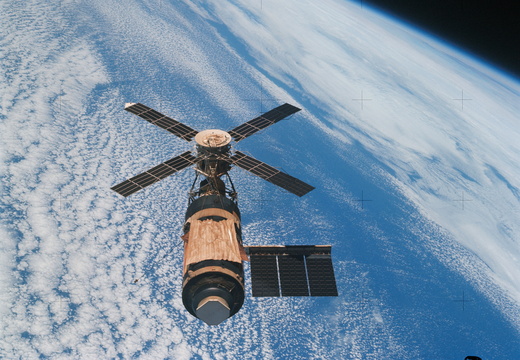
SKYLAB
Program Overview
Skylab was the United States’ first space station, developed and operated by NASA during the early 1970s. Designed to explore long-duration human spaceflight and conduct scientific experiments in microgravity, Skylab laid critical groundwork for future orbital laboratories such as the International Space Station (ISS).
Launched in 1973, the program included one uncrewed launch of the space station and three crewed missions. Skylab was a repurposed Saturn V third stage (S-IVB), outfitted with living quarters, laboratories, solar observatories, and life support systems.
Key Milestones
- Skylab Launch (May 14, 1973): The orbital workshop was launched uncrewed atop a Saturn V rocket.
- Skylab 2 (May 25, 1973): First crewed mission; repaired damage from launch and restored full functionality.
- Skylab 3 (July 28, 1973): Conducted extensive scientific experiments and Earth observation.
- Skylab 4 (November 16, 1973): Longest mission of the program; included spacewalks and solar observations.
- Deorbit and Reentry (July 11, 1979): Skylab reentered Earth’s atmosphere after 6 years in orbit, scattering debris over Western Australia.
Capabilities
Skylab featured a pressurized volume of 361 m³ and provided living quarters, food storage, and workspaces for up to three astronauts per mission. Its main scientific components included the Apollo Telescope Mount (ATM) for solar observation, Earth resources experiments, biomedical studies, and materials science research in microgravity. Power was supplied by solar arrays damaged during launch and later repaired by astronauts.
Achievements
Skylab demonstrated that humans could live and work in space for extended periods, setting endurance records and performing over 300 scientific experiments. The missions provided key insights into human adaptation to microgravity, solar physics, and Earth sciences.
Though plans for reboosting Skylab were never realized due to delays in the Space Shuttle program, its legacy shaped the design of future space habitats and international cooperation in orbital science.
Partners
NASA
Marshall Space Flight Center (station design)
Johnson Space Center (mission operations)
Various U.S. universities and laboratories (scientific experiments)
Launch Site
Kennedy Space Center, Launch Complex 39A (Skylab station)
Cape Canaveral Air Force Station, Launch Complex 39B (crew missions via Saturn IB)
Crewed Missions
Skylab 2: May 25 – June 22, 1973 (28 days)
Skylab 3: July 28 – September 25, 1973 (59 days)
Skylab 4: November 16, 1973 – February 8, 1974 (84 days)
Orbital Details
Altitude: ~435 km (initial)
Inclination: 50°
Total time in orbit: 2,249 days (1973–1979)
Reentry
July 11, 1979
Partial breakup over the Indian Ocean and Western Australia
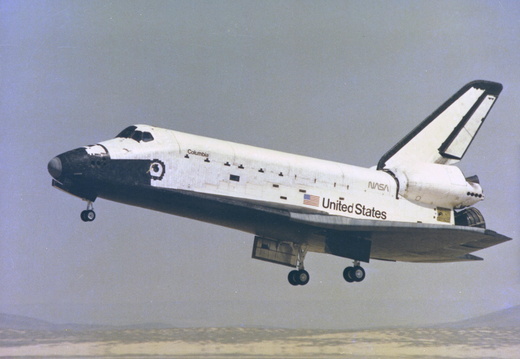
SPACE SHUTTLE
As humanity's first reusable spacecraft, the space shuttle pushed the bounds of discovery ever farther, requiring not only advanced technologies but the tremendous effort of a vast workforce. Thousands of civil servants and contractors throughout NASA's field centers and across the nation have demonstrated an unwavering commitment to mission success and the greater goal of space exploration.
On April 12, 2011, NASA Administrator Charles Bolden announced the facilities where four shuttle orbiters will be displayed permanently at the conclusion of the Space Shuttle Program.
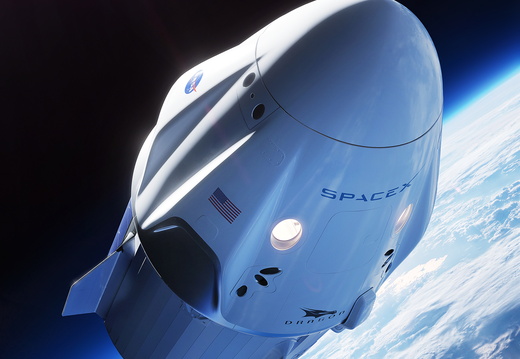
CREW DRAGON
Program Overview
NASA’s Crew Dragon program, developed in partnership with SpaceX under the Commercial Crew Program (CCP), is designed to restore and sustain the United States’ capability to launch astronauts to the International Space Station (ISS) from American soil. As a cornerstone of NASA’s efforts to commercialize low-Earth orbit, the program leverages private industry innovation to provide safe, reliable, and cost-effective crew transportation services.
SpaceX’s Crew Dragon spacecraft, launched atop a Falcon 9 rocket, is a fully autonomous, human-rated capsule capable of carrying up to seven passengers, though NASA missions typically fly four. Each mission includes comprehensive testing and real-time operations including launch, rendezvous, docking, extended orbital stays, undocking, re-entry, and ocean splashdown recoveries.
Key Milestones
- Demo-1 (March 2019): First uncrewed test flight to the ISS, validating systems in orbit.
- In-Flight Abort Test (January 2020): Successfully demonstrated Crew Dragon’s launch escape system during flight.
- Demo-2 (May 2020): First crewed launch from U.S. soil since 2011, carrying astronauts Bob Behnken and Doug Hurley.
- Crew-1 to Crew-8: Series of operational missions regularly ferrying international astronauts to the ISS, enabling continuous U.S. presence on the station.
Capabilities
Crew Dragon is equipped with advanced life support systems, touchscreen controls, and manual override options. It is designed for multiple reuses and features a launch escape system powered by SuperDraco engines, ensuring astronaut safety during all phases of flight. The capsule is recovered at sea by SpaceX teams using recovery vessels such as Go Navigator and Shannon.
Achievements
Since 2020, the Crew Dragon program has enabled the U.S. to maintain independent access to the ISS while increasing international collaboration through joint missions with NASA, ESA, JAXA, and Roscosmos. Each flight has contributed to vital research in microgravity, station maintenance, and the preparation for future deep space missions.
With consistent launch cadence, safe recoveries, and proven performance, Crew Dragon has become a flagship model for public-private partnership in human spaceflight.
Partners
NASA (Commercial Crew Program)
SpaceX (Capsule and launch operations)
International partners: ESA, JAXA, Roscosmos, CSA
Launch Site
Kennedy Space Center, Launch Complex 39A
Landing Sites
Gulf of Mexico and Atlantic Ocean, off the coast of Florida
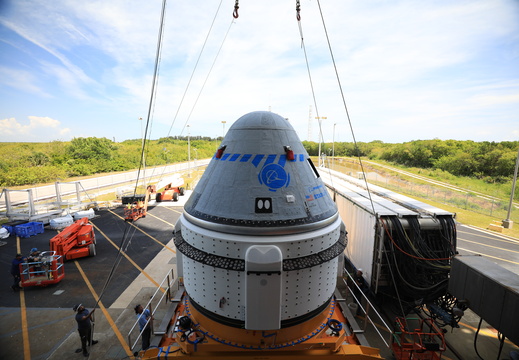
STARLINER
Program Overview
Boeing’s CST-100 Starliner program, developed in partnership with NASA under the Commercial Crew Program (CCP), is designed to transport astronauts to and from the International Space Station (ISS) using a new generation of reusable, human-rated spacecraft. The program’s goal is to re-establish U.S. crew launch capabilities and create a competitive commercial market for access to low-Earth orbit.
The CST-100 Starliner is launched atop a United Launch Alliance (ULA) Atlas V rocket and is capable of carrying up to seven passengers, or a mix of crew and cargo. NASA missions typically involve four astronauts for long-duration expeditions aboard the ISS.
Key Milestones
- Pad Abort Test (November 2019): Successfully demonstrated Starliner’s launch escape system from the pad.
- OFT-1 (December 2019): First uncrewed orbital test flight; the spacecraft reached orbit but did not dock with the ISS due to a timing anomaly.
- OFT-2 (May 2022): Second uncrewed test flight; successfully completed full mission profile, including docking with the ISS and safe landing.
- CTF / CFT (Crew Flight Test): Planned to demonstrate Starliner’s full capabilities with astronauts aboard before operational missions commence.
Capabilities
The Starliner spacecraft features a weldless structure, autonomous flight capability, touchscreen controls, manual backup systems, and an advanced launch escape system. It is designed for reusability (up to 10 flights per capsule) and lands on solid ground using parachutes and airbags — a unique feature among current U.S. crew vehicles. Typical landing sites include the deserts of New Mexico and other U.S. western ranges.
Achievements
While the program has faced delays and technical challenges, each milestone has contributed to critical progress toward certifying the Starliner for regular crewed flights. OFT-2's successful ISS docking and safe return marked a major turning point, proving system reliability and validating changes made since OFT-1.
Starliner aims to provide NASA with a second, redundant crew launch system alongside SpaceX’s Crew Dragon, enhancing flexibility and safety for U.S. spaceflight operations.
Partners
NASA (Commercial Crew Program)
Boeing (Spacecraft developer and integrator)
United Launch Alliance (Launch services using Atlas V rocket)
Launch Site
Cape Canaveral Space Force Station, Launch Complex 41
Landing Sites
White Sands Space Harbor (New Mexico), Dugway Proving Ground (Utah), and other western U.S. desert locations
